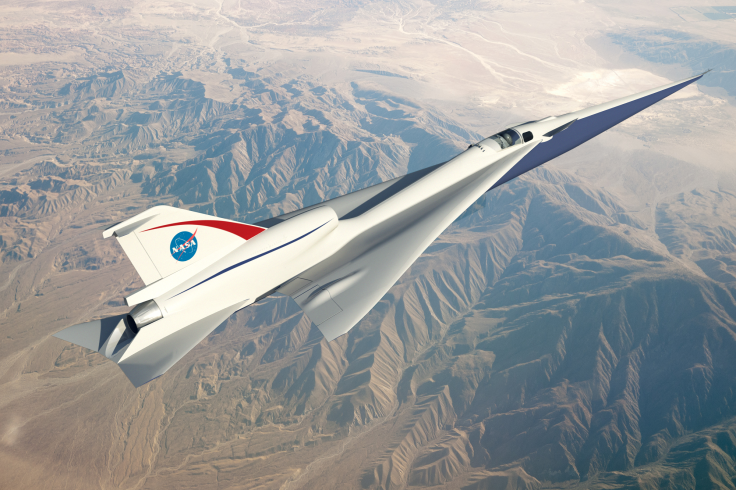NASA’s Advances ‘New Aviation Horizons’ Program To Develop Quieter, Greener Supersonic Jets

As part of its “New Aviation Horizons” initiative, NASA announced over the weekend that it would design, build and fly a new generation of planes, dubbed “X-Planes,” over the next 10 years “as a means to accelerate the adoption of advanced green aviation technologies by industry.” The stated goal of the initiative, introduced in the space agency’s 2017 budget, is to develop airplanes that are not only more fuel efficient and less polluting, but are also quieter and faster than today’s jets.
“If we can build some of these X-planes and demonstrate some of these technologies, we expect that will make it much easier and faster for U.S. industry to pick them up and roll them out into the marketplace” Ed Waggoner, NASA’s integrated aviation systems program director, said in a statement. “We’re going to let the marketplace and the community help us inform our decisions on the direction we want to go. But we’re really excited about all of the things we might demonstrate.”

Earlier this year, NASA selected a team led by Lockheed Martin Aeronautics to complete a preliminary design for a “low boom” supersonic passenger plane. Lockheed Martin will receive about $20 million over a period of 17 months for the project, which aims to fill the gap left by the retirement of the Concorde in 2003.
At the time, NASA did not provide details of how it plans to reduce noise associated with supersonic flight down to acceptable levels, only stating that it would be done through “innovations in aircraft design that depart from the conventional tube-and-wing aircraft shape.” Even now, the exact design of these X-planes and their operational specifications have not been revealed.
However, design work on NASA’s Quiet Supersonic Technology (QueSST) — which aims to create aircraft that can fly at supersonic speeds, but emit only a low “heartbeat” rather than a loud boom currently associated with supersonic flight — has already begun, the space agency said, adding that a supersonic X-plane may begin test flights by 2020, if congressional funding holds.
“We know the concept is going to work, but now the best way to continue our research is to demonstrate the capability to the public with an X-plane,” Peter Coen, NASA’s supersonic project manager, said in the statement.
© Copyright IBTimes 2024. All rights reserved.




















